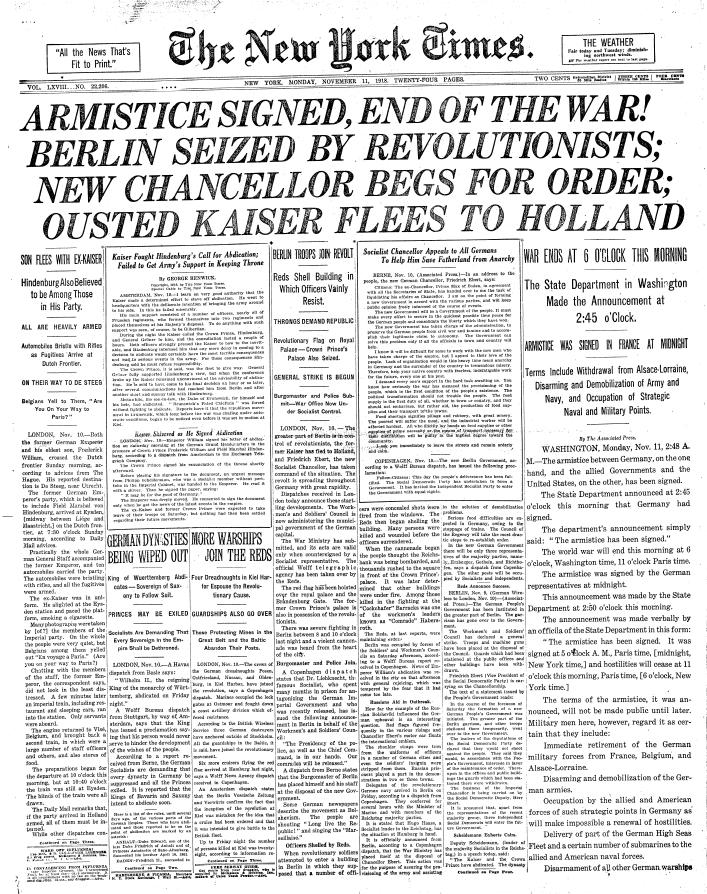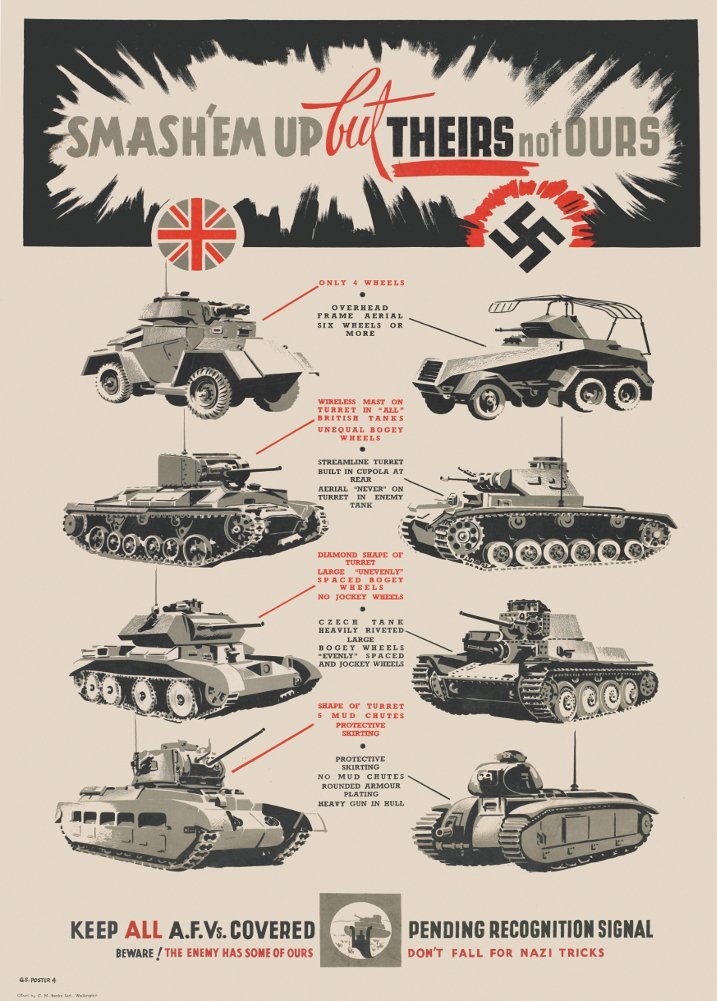“A Map of Herr Hitler’s Heaven,” Richard Yardley, Ken magazine, April 21, 1938.
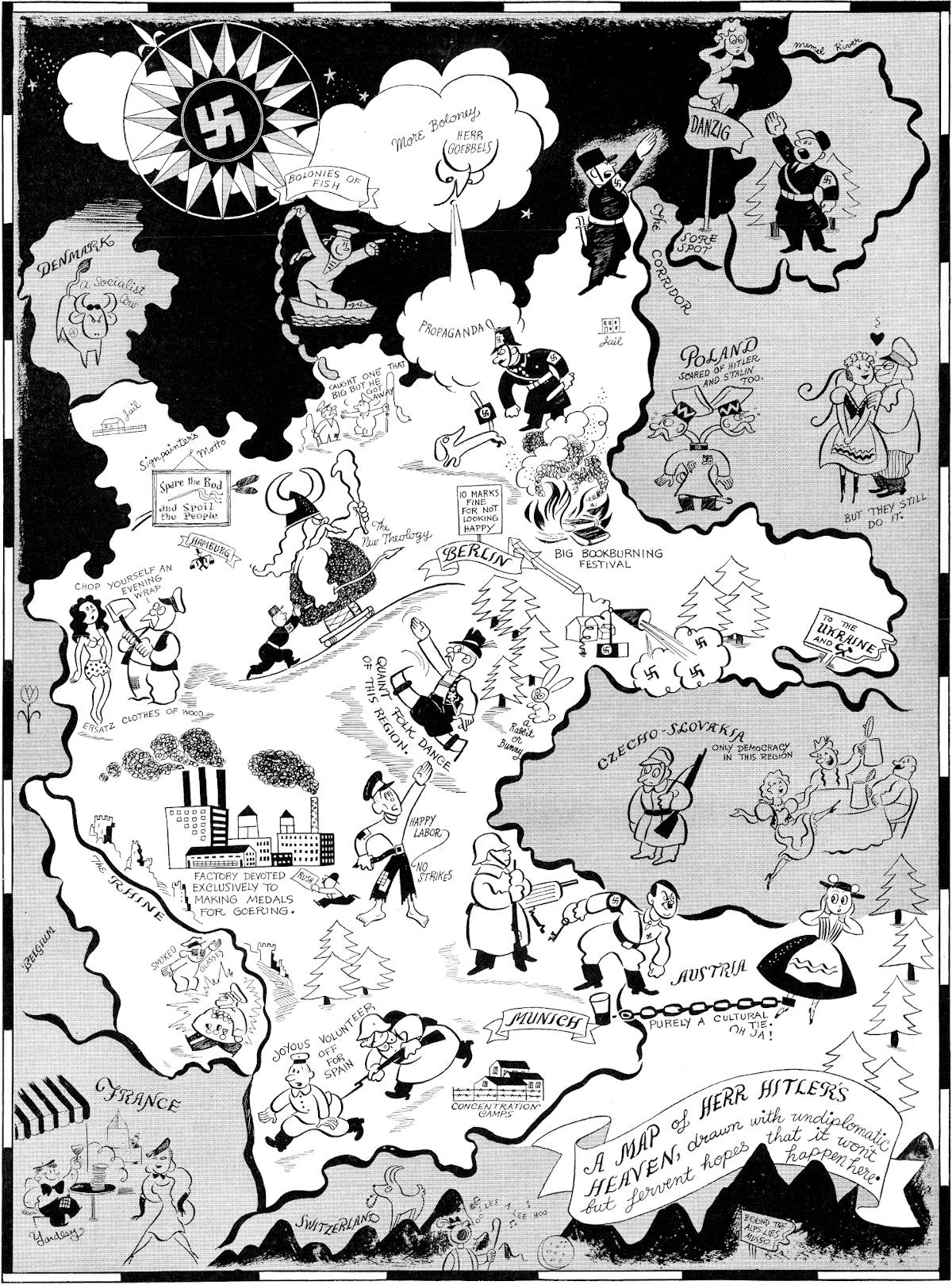
Persuasive Cartography: The PJ Mode Collection. Cornell University Library’s Digital Collections
Pulp Action from the Wild West through the Dirty 30s and More.
“A Map of Herr Hitler’s Heaven,” Richard Yardley, Ken magazine, April 21, 1938.

Persuasive Cartography: The PJ Mode Collection. Cornell University Library’s Digital Collections
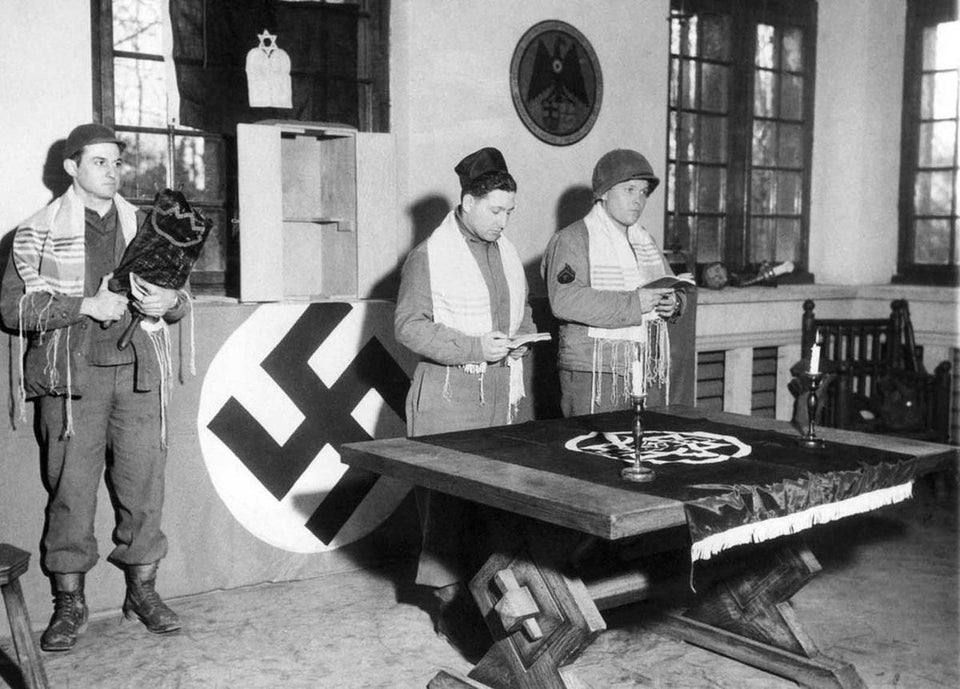
Pfc. Abraham Mirmelstein of Newport News, Virginia, holds the Holy Scroll as Capt. Manuel M. Poliakoff, and Cpl. Martin Willen, of Baltimore, Maryland, conduct services in Schloss Rheydt, former residence of Dr. Joseph Paul Goebbels, Nazi propaganda minister, in Münchengladbach, Germany on March 18, 1945. They were the first Jewish services held east of the Rur River and were offered in memory of soldiers of the faith who were lost by the 29th Division, U.S. 9th Army. (Caption from The Atlantic photo essay)
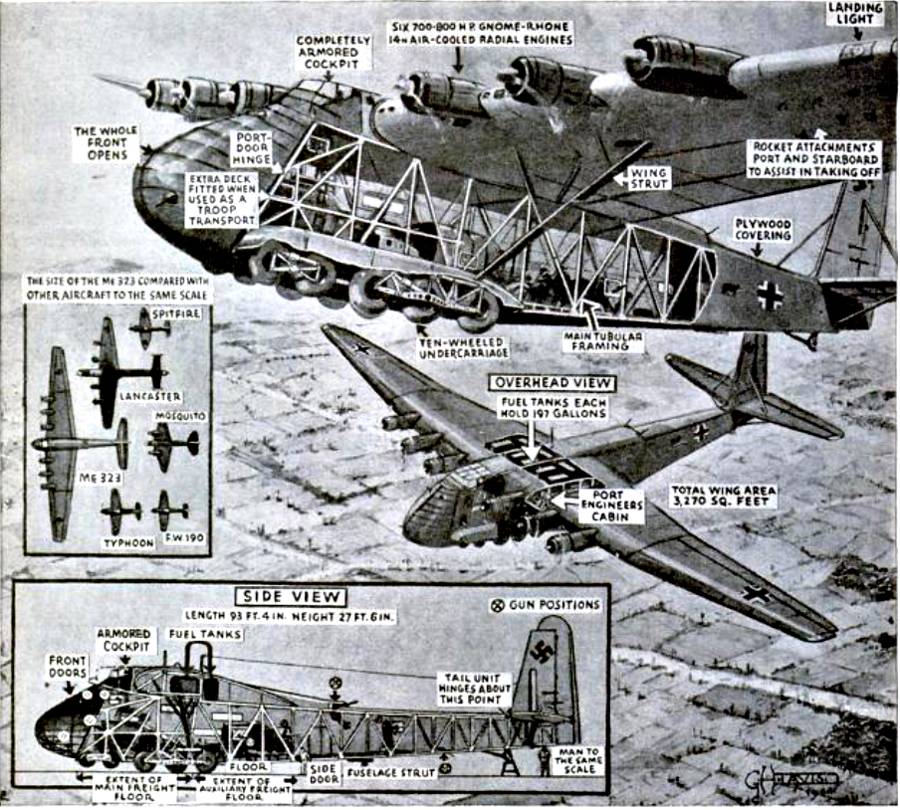 Messerschmitt Me 323 Gigant was a German military transport aircraft of World War II. It was a powered variant of the Me 321 military glider and was the largest land-based transport aircraft of the war. (Wikipedia)
Messerschmitt Me 323 Gigant was a German military transport aircraft of World War II. It was a powered variant of the Me 321 military glider and was the largest land-based transport aircraft of the war. (Wikipedia)
Illustration by G H Davis for The Illustrated London News Continue reading “Messerschmitt Me 323 Gigant”
Overlay map of the European Theater over North America to show relative distances. Solid Black line between Murmansk and Rostov is the Eastern Front between Germany and the USSR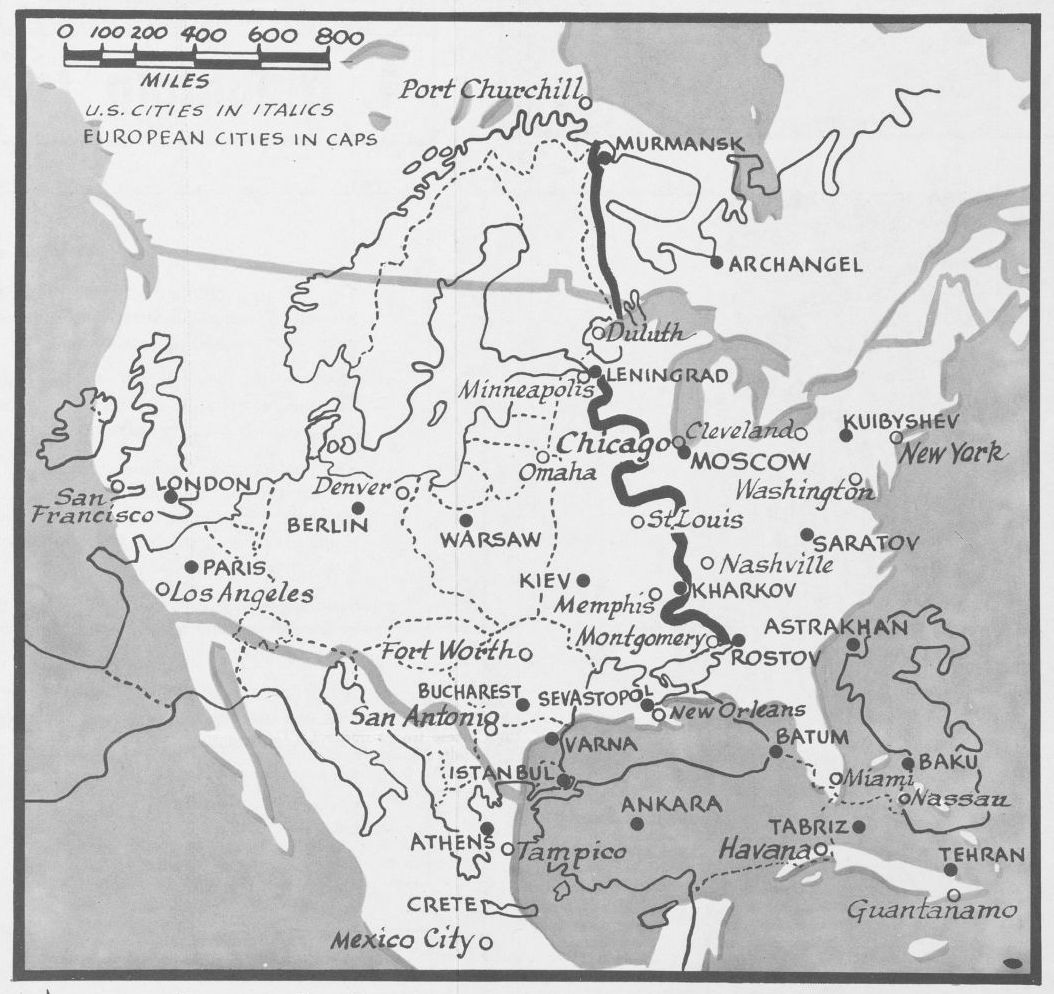 Newsmap. Monday, May 25, 1942 : week of May 15 to May 22, poster, May 25, 1942; [Washington, D.C.]., University of North Texas Libraries, Digital Library, digital.library.unt.edu; crediting UNT Libraries Government Documents Department.
Newsmap. Monday, May 25, 1942 : week of May 15 to May 22, poster, May 25, 1942; [Washington, D.C.]., University of North Texas Libraries, Digital Library, digital.library.unt.edu; crediting UNT Libraries Government Documents Department.
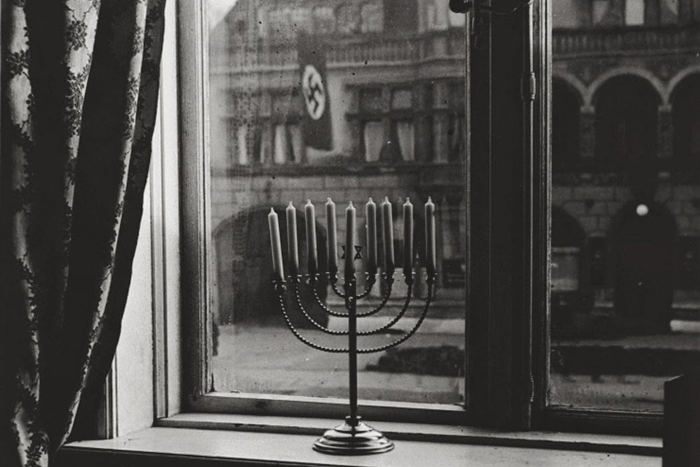
“It was on a Friday afternoon right before Shabbat that this photo was taken. My grandmother realized that this was a historic photo, and she wrote on the back of the photo that ‘their flag wishes to see the death of Judah, but Judah will always survive, and our light will outlast their flag.’ My grandfather, the rabbi of the Kiel community, was making many speeches, both to Jews and Germans. To the Germans he warned that the road they were embarking on was not good for Jews or Germans, and to the Jews he warned that something terrible was brewing, and they would do well to leave Germany. My grandfather fled Germany in 1933, and moved to Israel. His community came to the train station to see him off, and before departed he urged his people to flee Germany while there’s still time.” – Yehudah Mansbuch
Written on the back of the photo (translated):
“Chanukah, 5692.
‘Judea dies’, thus says the banner.
‘Judea will live forever’, thus respond the lights”.
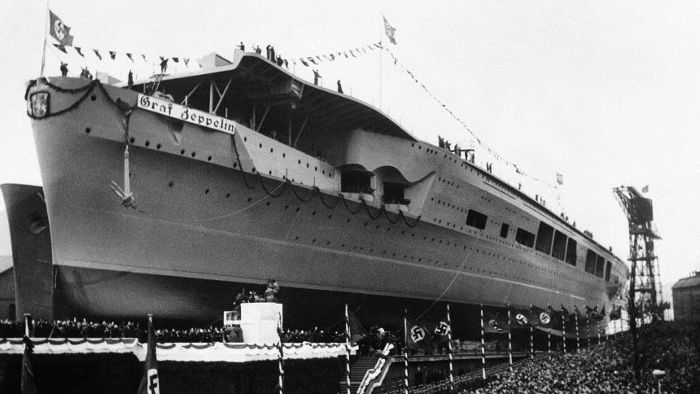
Graf Zeppelin Aircraft Carrier
Crew: 1,720 + 306 flight personnel
Aircraft: 10 Messerschmitt Bf 109 fighters, 20 Junkers Ju 87 “Stuka” dive bombers, 20 Fieseler Fi 167 torpedo bombers
On 16 November 1935, the contract for Flugzeugträger A (Aircraft carrier A)—later christened Graf Zeppelin—was awarded to the Deutsche Werke shipyard in Kiel. Construction of the ship was delayed since Deutsche Werke was working at capacity, and the slipway needed for Graf Zeppelin was occupied by the new battleship Gneisenau, which was launched on 8 December 1936. Work started on Graf Zeppelin on 28 December, when her keel was laid down. She was launched on 8 December 1938, the 24th anniversary of the Battle of the Falkland Islands, and she was christened by Helene von Zeppelin, the daughter of the ship’s namesake. At the launching ceremony, Hermann Göring gave a speech. By the end of 1939, she was 85% complete, with a projected completion by the middle of 1940. By September 1939, one carrier-borne wing, Trägergruppe 186, had been formed by the Luftwaffe at Kiel Holtenau, composed of three squadrons equipped with Bf 109s and Ju-87s. (Wikipedia) Continue reading “Graf Zeppelin – CV1”
At the 11th hour, on the 11th day, of the 11th month. Happy Veteran’s Day!
